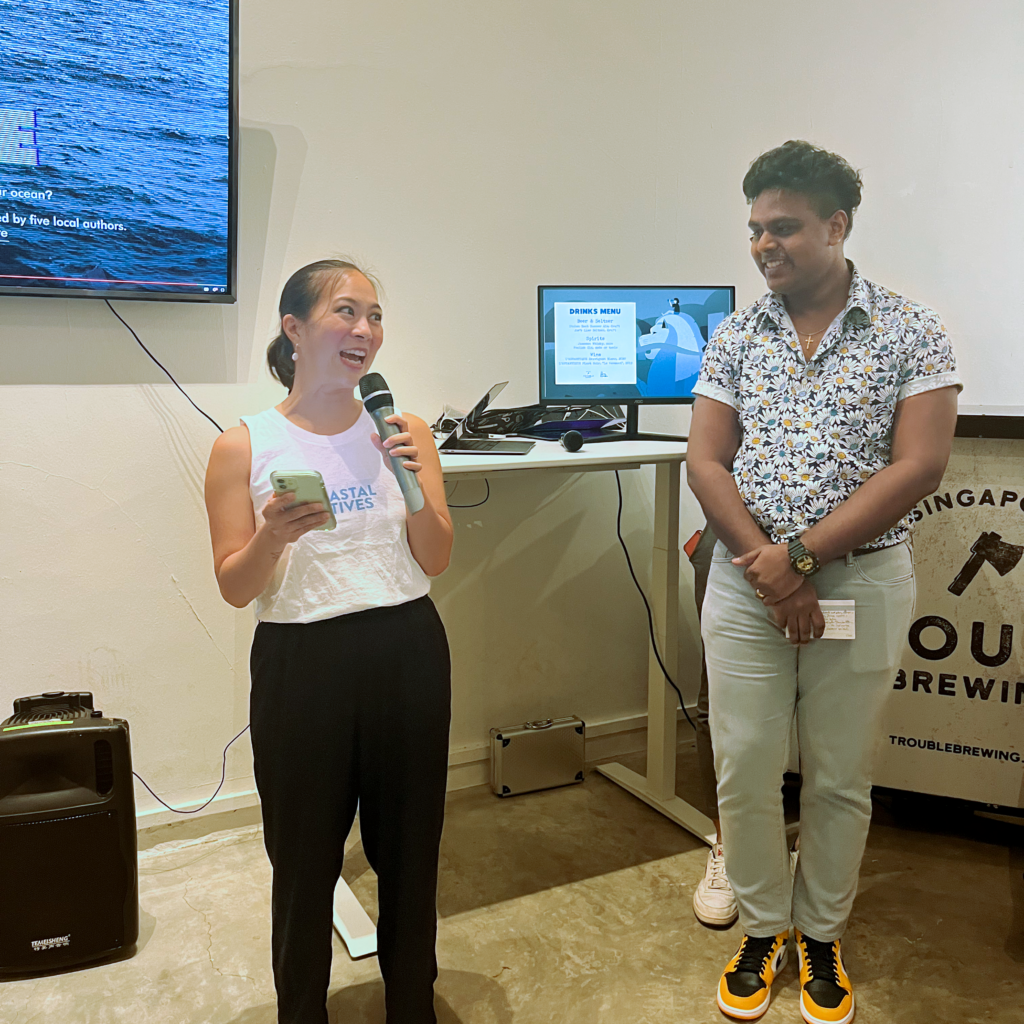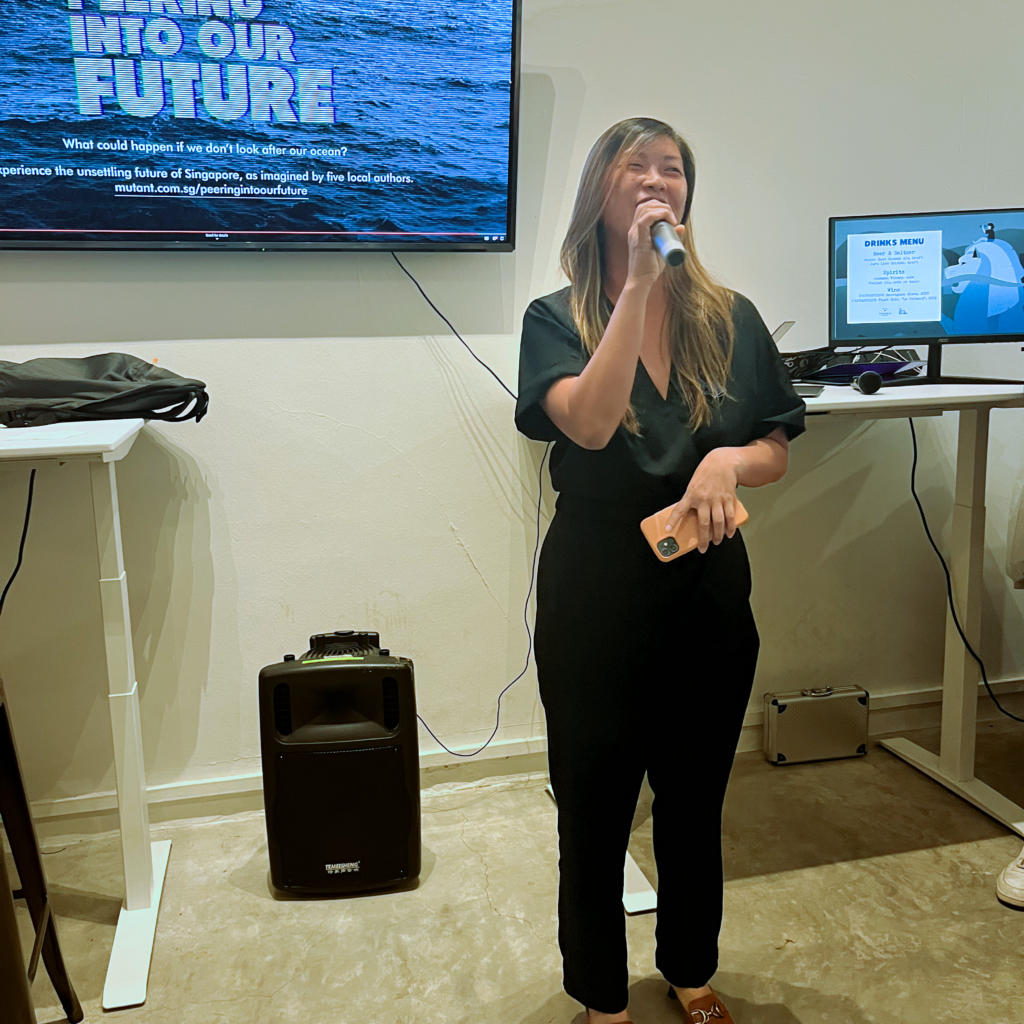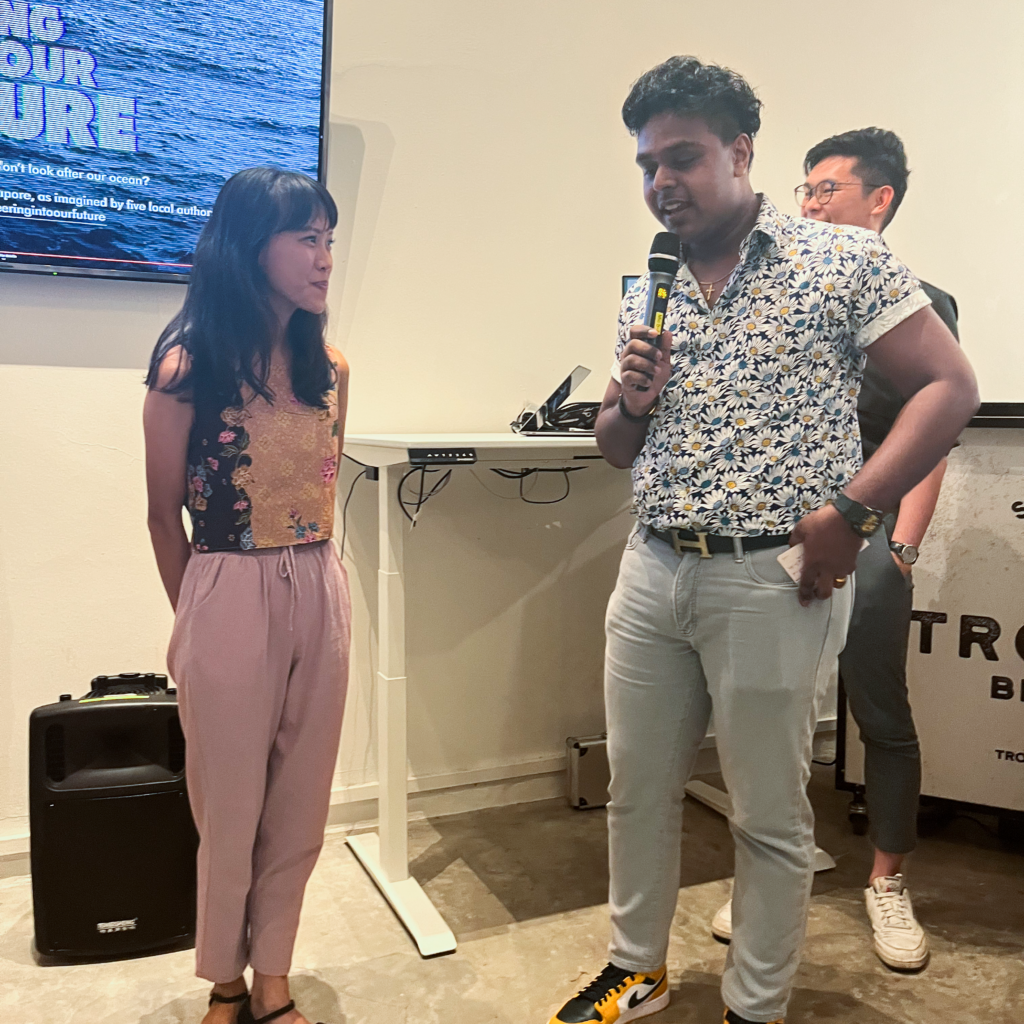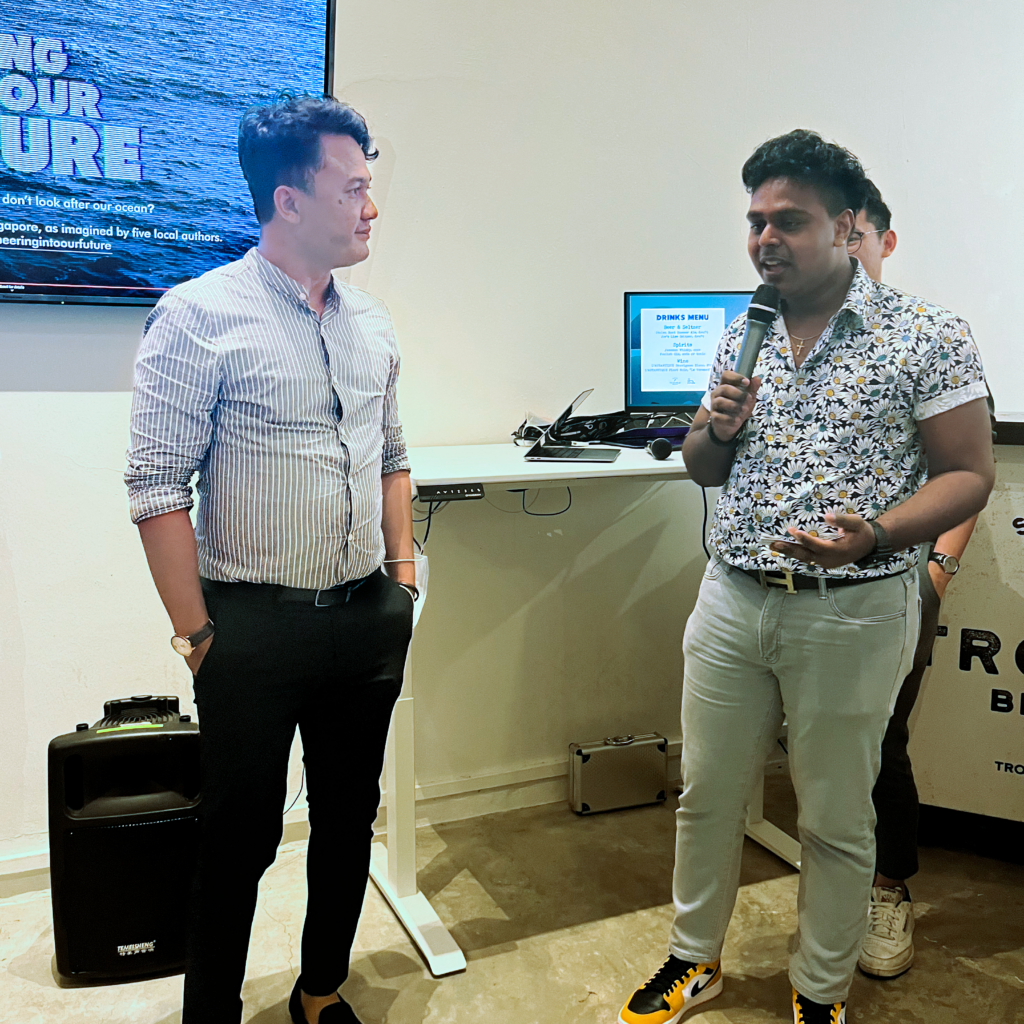Once upon a time, public relations relied on television, radio, newspapers, and magazines – but now, people are spending more time on Facebook, Instagram, Twitter, and TikTok, and brands are increasingly finding the role of social media crucial to their strategies.
That said, traditional aspects of public relations such as press releases and media alerts will remain. Brands now need to integrate these varied aspects of PR and social media to maximise their reach. It is challenging, of course, with an evolving social media landscape and shrinking newsrooms.
However, herein lies the importance of a 360° PR strategy, which helps brands ensure their audiences have an immersive, well rounded experience. This takes into account not only the following listed elements, but also factors in an open communications channel with industry experts:
- Earned and paid media: a form of third-party endorsement through traditional media relations or paid advertising
- Shared media: social media and content partnerships and owned media channels
- Owned media: content controlled by the brand such as its website
- A tailored pitching approach that emphasises the brand’s key messaging
Beyond reaching out to media, a holistic approach to PR also means being open to feedback from journalists, as their input will be beneficial to future (if not ongoing) pitches.
Be open to feedback, learn as you go
When it comes to working with journalists, editors, and other media friends, it’s important to treat them as part of the team and to listen to their input. This is not only motivating, but can also improve your campaign strategy and performance.
This is especially because public relations professional’s bread and butter is media stories and there is a general rule of thumb when it comes to building great relationships with our media friends – do your due diligence when researching topics of interest to our media friends, identify relevant angles during pitching and be courteous! These relationships should also take into account the editorial preferences or timing required for different publications – which includes the need to amend pitches every now and then. And to do that, feedback is required.
Without specific feedback, it can be hard for a PR team to know how best to build a compelling article for a target title. Do not be afraid to follow up with editors after a pitch to verify their interest (or lack thereof!) and seek their feedback. Be open to suggestions that come your way, be it tweaking your focus, bringing onboard a different spokesperson, or simply holding off until a more appropriate time.
Proactively engage your media friends to remain on their radar. Drop a casual text message to share a seasonal greeting, soft-sound them on potential stories or offer support on ongoing stories. Accommodating their preferences for methods of communication, keeping up to date on their topics of interest and even engaging them on their personal social media can give you greater insight into what they value in a solid media story. Ultimately, the bottom line is to always acknowledge feedback and messages, and to value their time by thanking them for their replies.
Keep your eyes and ears open online
With a little tweaking, this same strategy can be applied across social media. Use your community management strategy to shape public opinion about your brand and engage with customers directly. Some tips include actively responding to private messages, comments and tags, and keeping your brand voice authentic and consistent throughout all content. Knowledge is power, and gathering public sentiment will add value to your campaign strategy, to help refine it along the way.
Ultimately, it’s important to keep in mind that a 360° public relations strategy requires room for flexibility and agility. There may sometimes be a piece missing to your pitch or an angle you haven’t tried yet that may resonate better with your target audience. Perhaps the public’s priorities or timing is not right. Only by actively engaging with your media contacts and online communities, and being receptive to their feedback, can you continue to learn, remain aligned to your brand’s (or client’s) goals, and design well-rounded strategies that get the best results.
Need help with your 360° PR strategy? Talk to us at hello@mutant.com.sg





